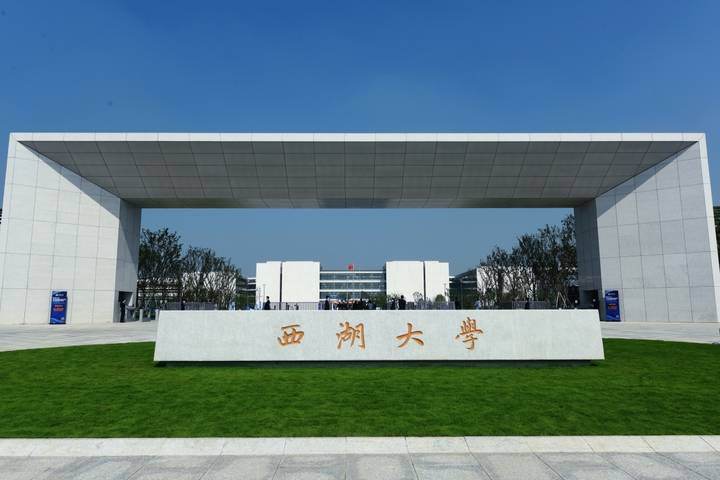Supported by social resources and state funds, Westlake University for Advanced Study, an edition of western research-driven colleges, was unveiled on Oct. 20th, 2018. This is a shining chapter in Zhejiang, even China’s endeavor to cultivate more academic and innovative intellectuals.
The principal, Shi Yigong, the form professor and vice-president of Tsinghua University stated that they hope to nurture, not clumsily grind out, future champions of innovation and sci-tech with high social responsibility. The institute used to enroll doctoral candidates only but now is open to some senior high school graduates.
Through these years, the institute’s accommodation is getting larger and larger, with faculties with more experts and access to more research-faithful students expanding. A legion of difficulties gripping human beings was defeated in the institute’s lab, for example, the accurate prediction on whether the mild symptom of COVID-19 infected patients has a possibility of hardening based on protein data analysis.

As Shi said, their founding mission is to make distinctive contributions to China’s scientific and education development, drawing a characteristic route in line with China’s situation. The institute picks up a regulating system different from other universities. Red tapes such as somehow disruptive administration penetrating into teaching and researching, blind focus on IF, and other constraints on academic progress are all replaced by a more streamlined, free, inclusive style of management, which is meant to counter the present stubborn university regulation.
It’s an overgeneralization to say Zhejiang’s effort to develop education presses solely on the small but nicely organized institute. Since 2017, Zhejiang has invested more than 133 billion yuan in education, with discipline construction reaching 11 billion yuan, taking almost one-tenth of the total. And three of Zhejiang's local universities, namely the world-renowned Zhejiang University, Ningbo University, and China Academy of Art, were included in the list of national “Double Tops”—plans of building world-class universities and first-class disciplines, positioning Zhejiang the fifth among 34 provincial-level administrative regions. Also, Zhejiang doesn’t derail itself from the international. Thirteen Sino-foreign cooperatively-run schools were located in different cities of the rapidly striding province, ranking third across China. Meanwhile, 387 country-leading majors were constructed successfully, covering all cities in Zhejiang—unrivaled and unique compared with other coastal provinces.
Editor: Fan Wenwu